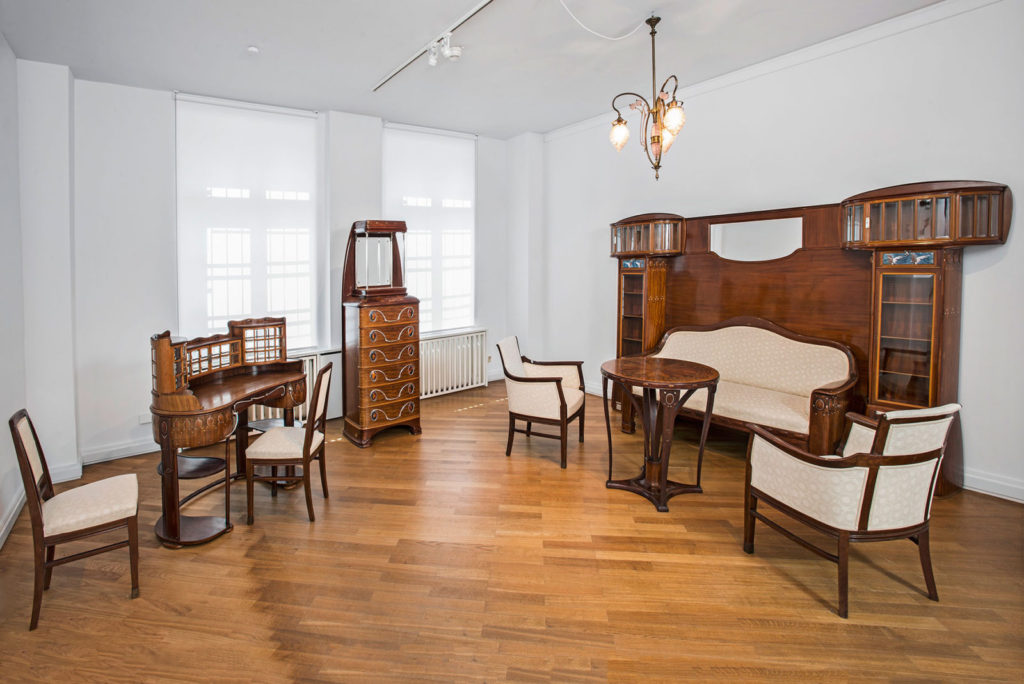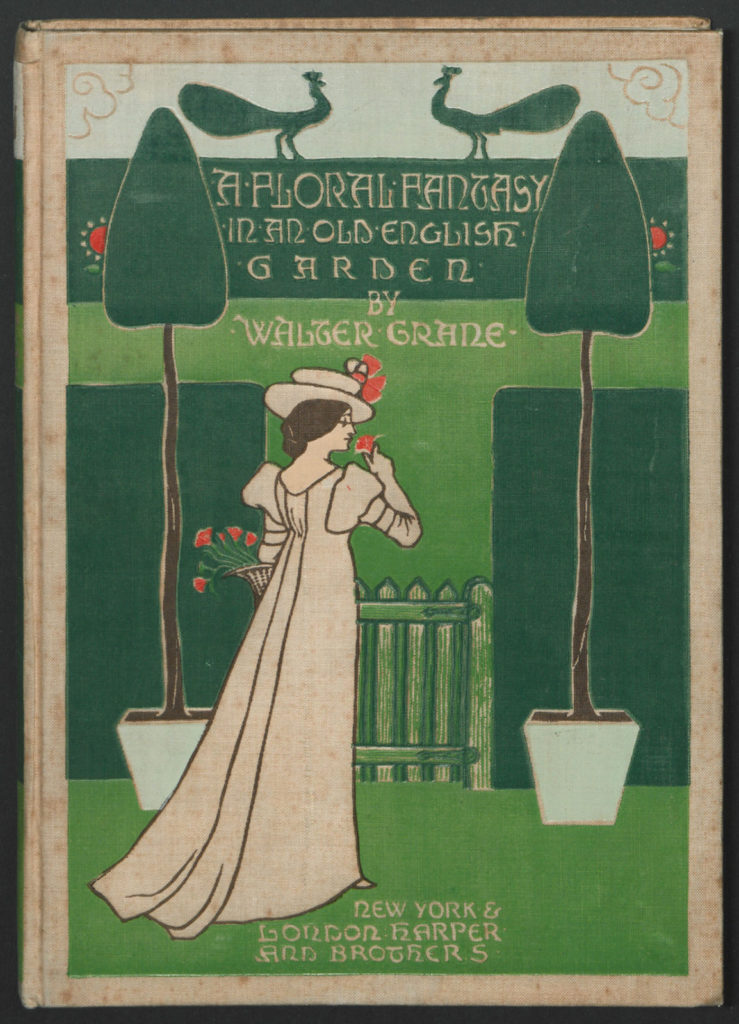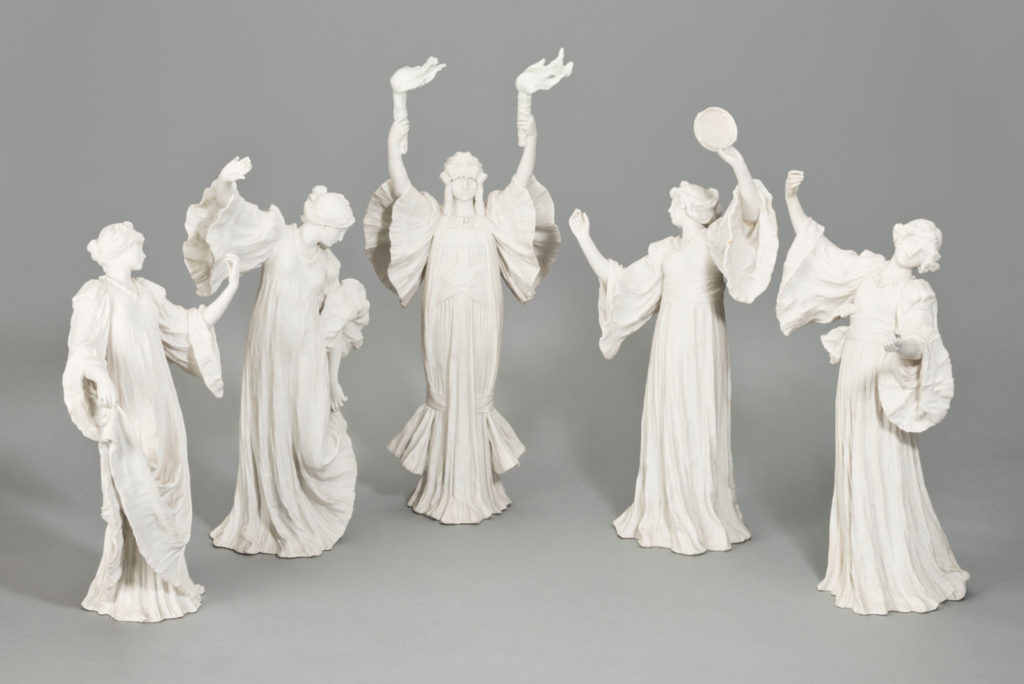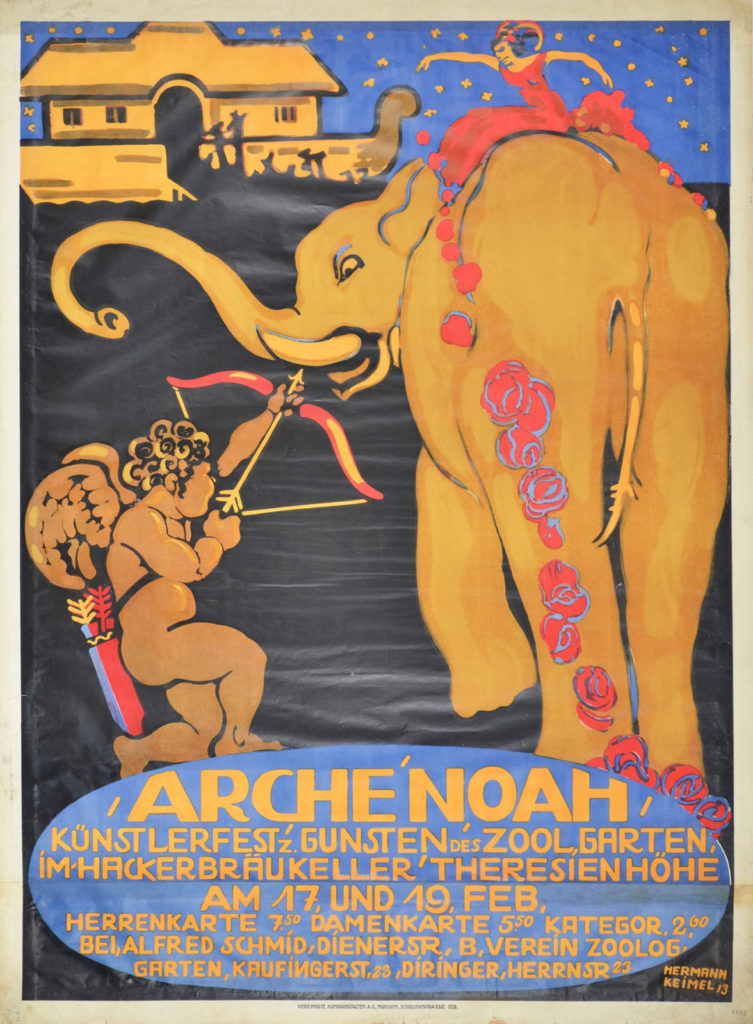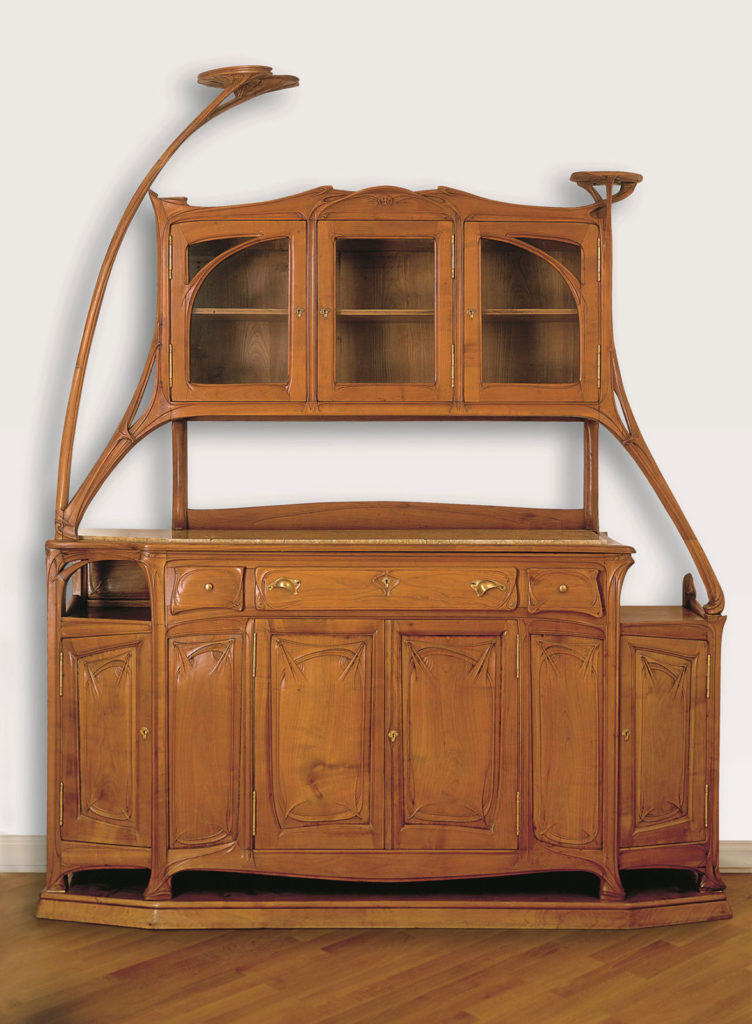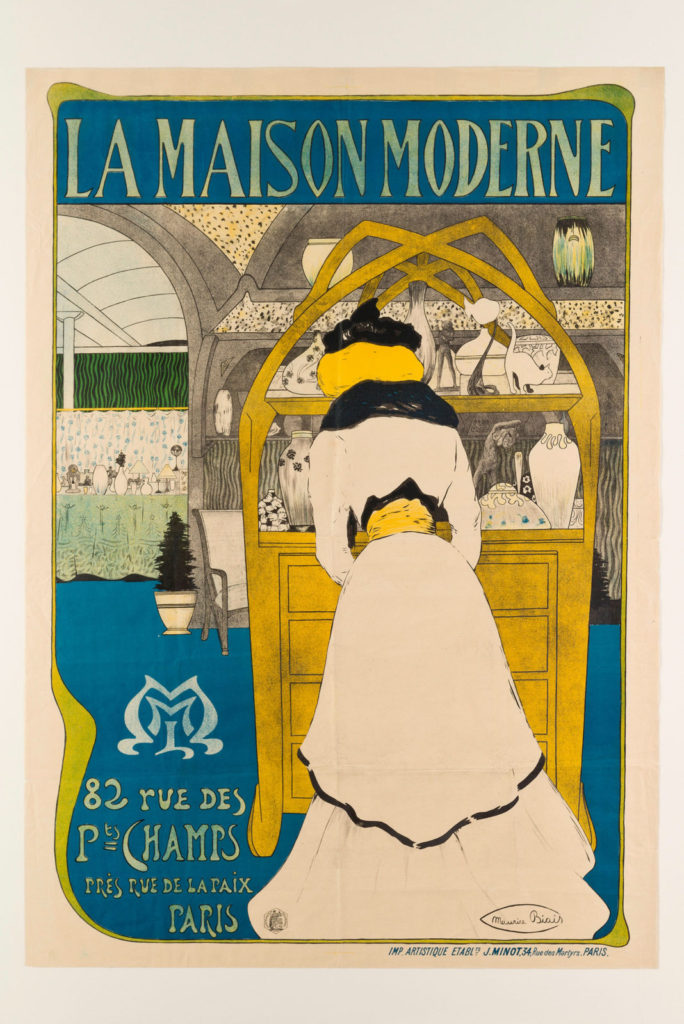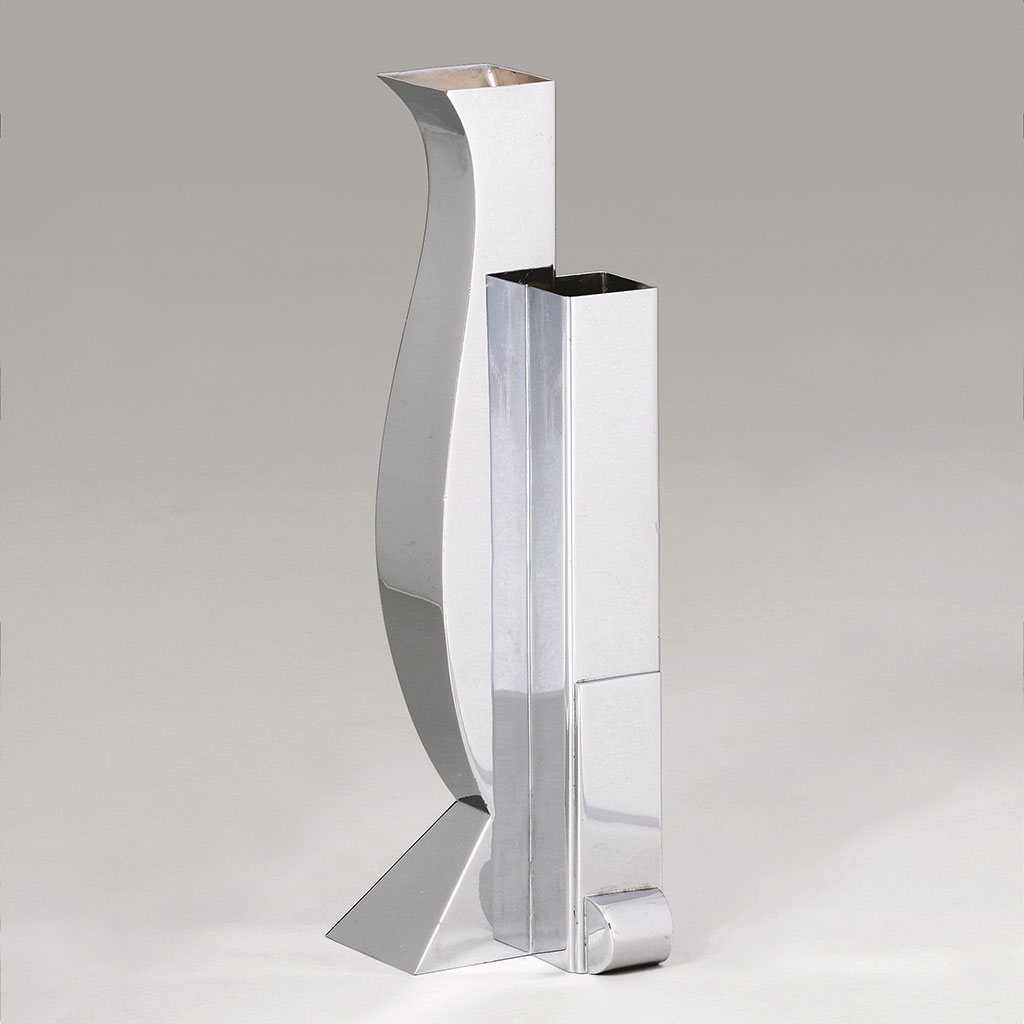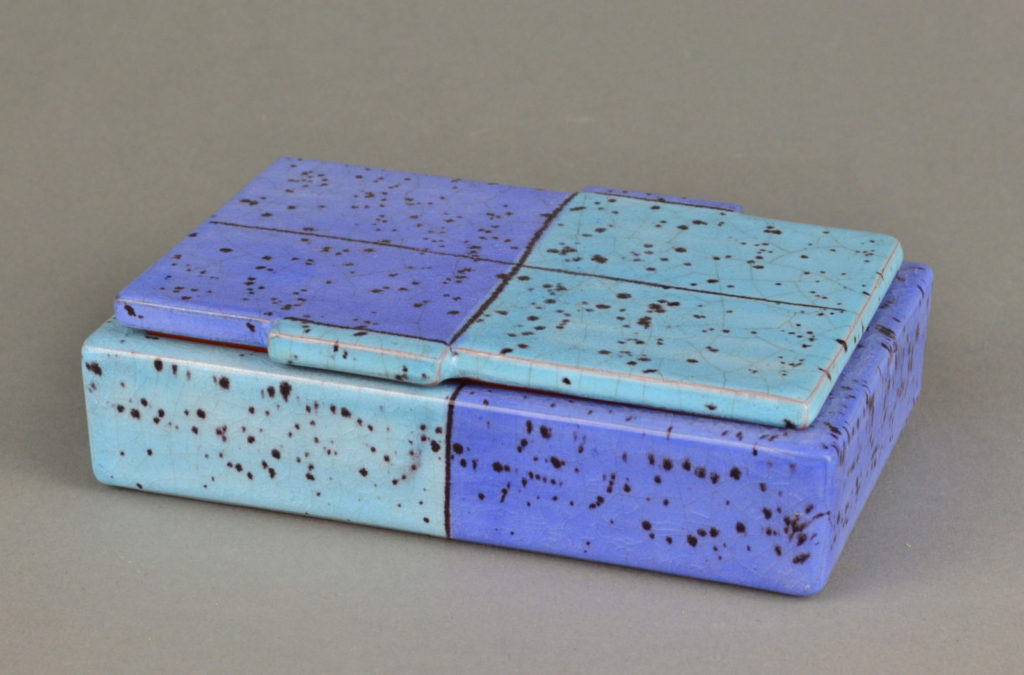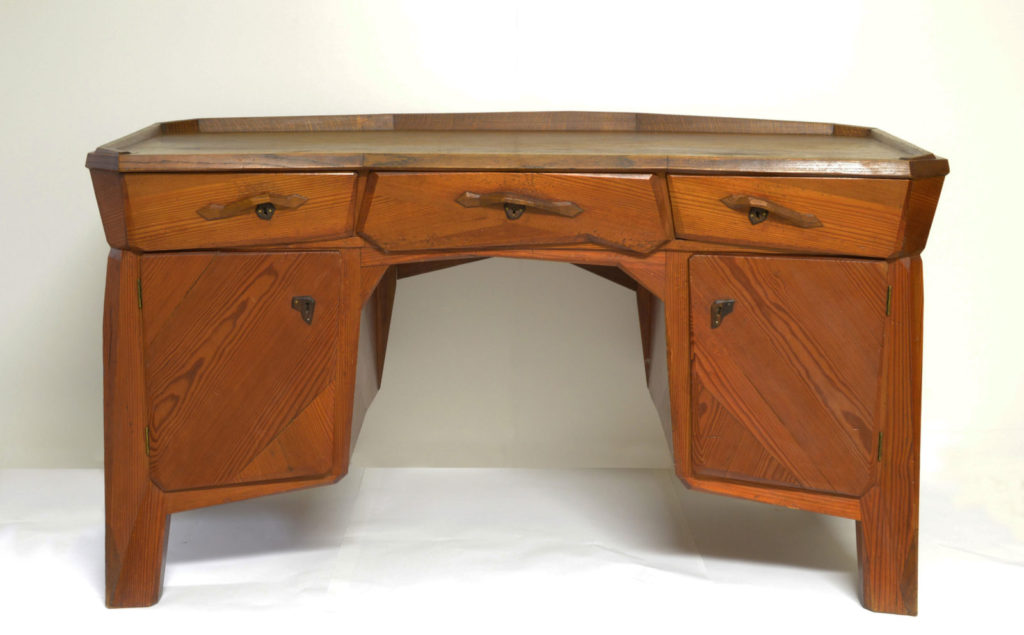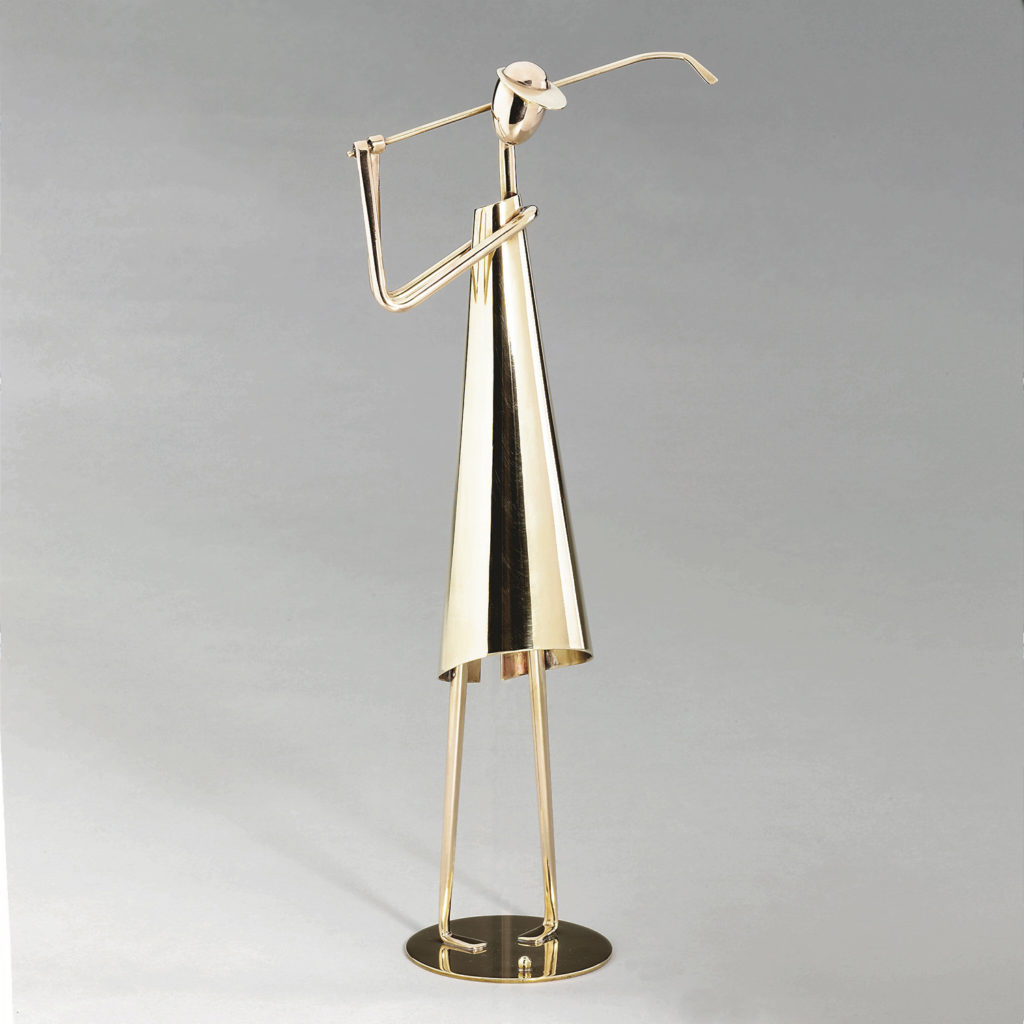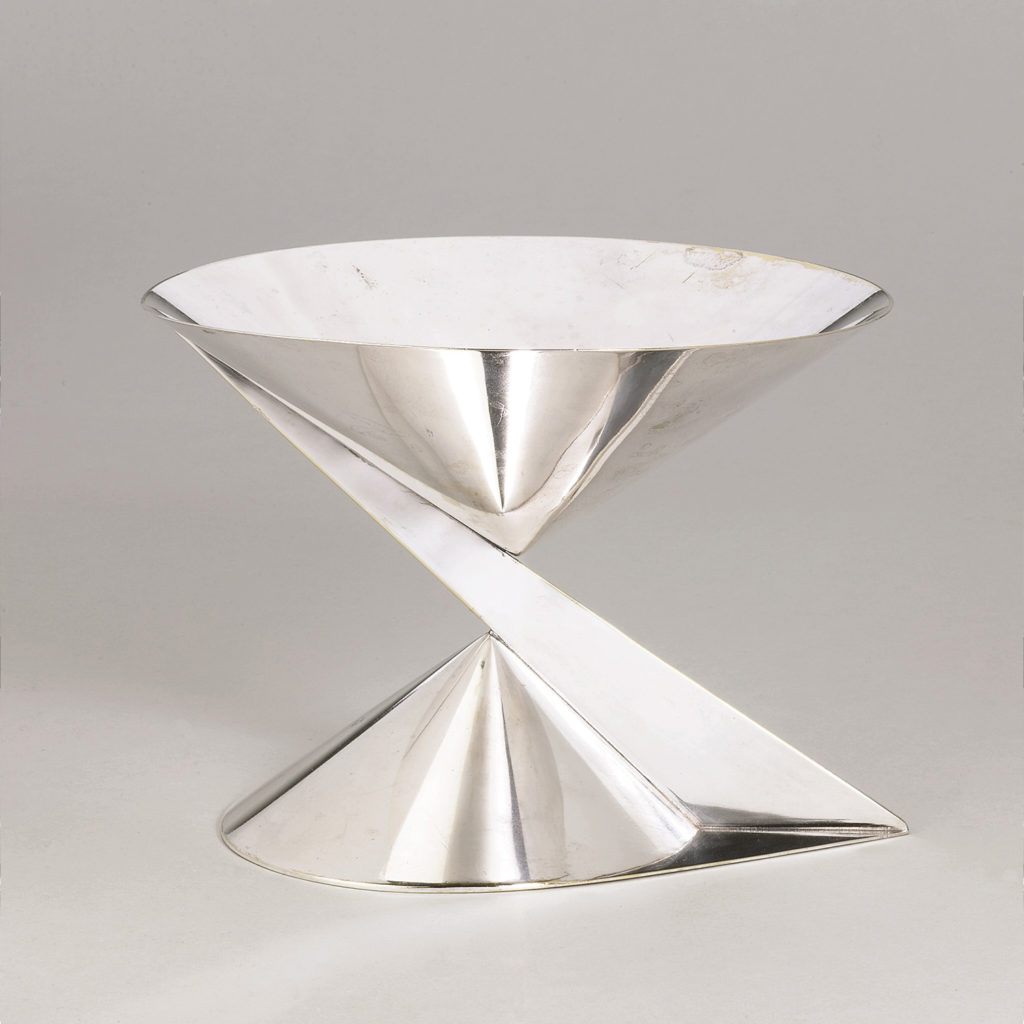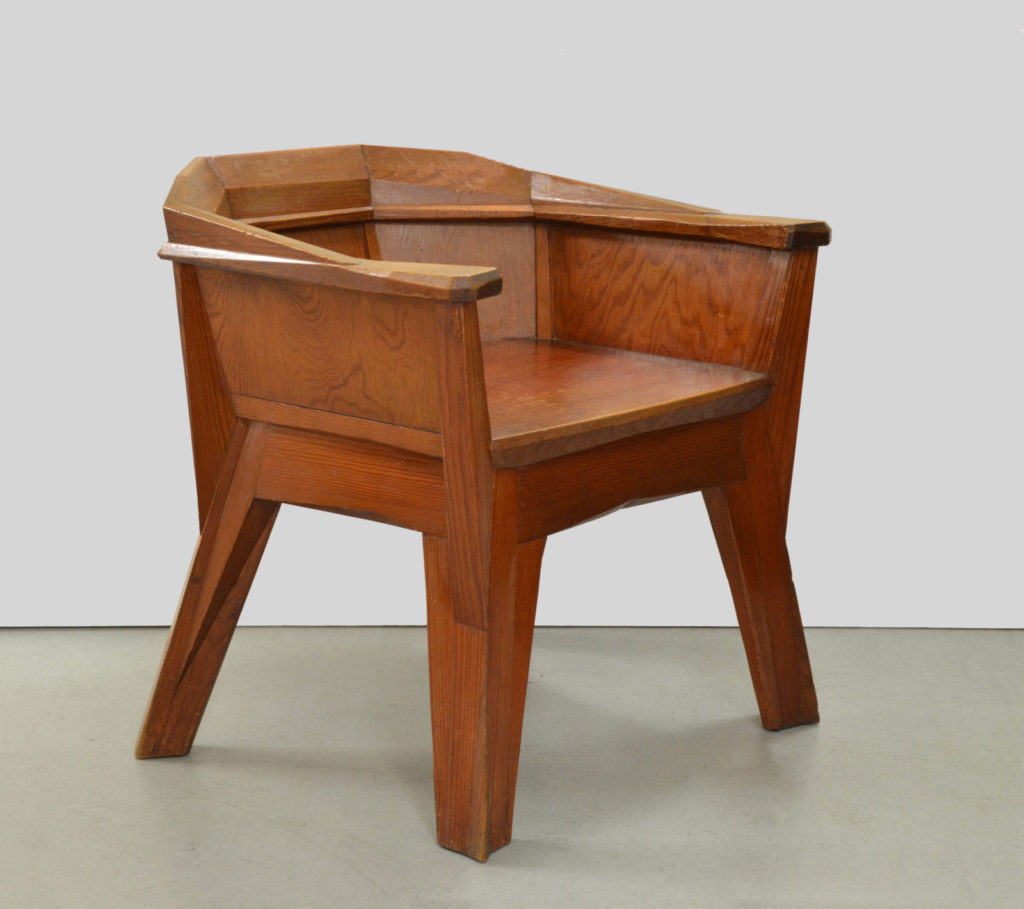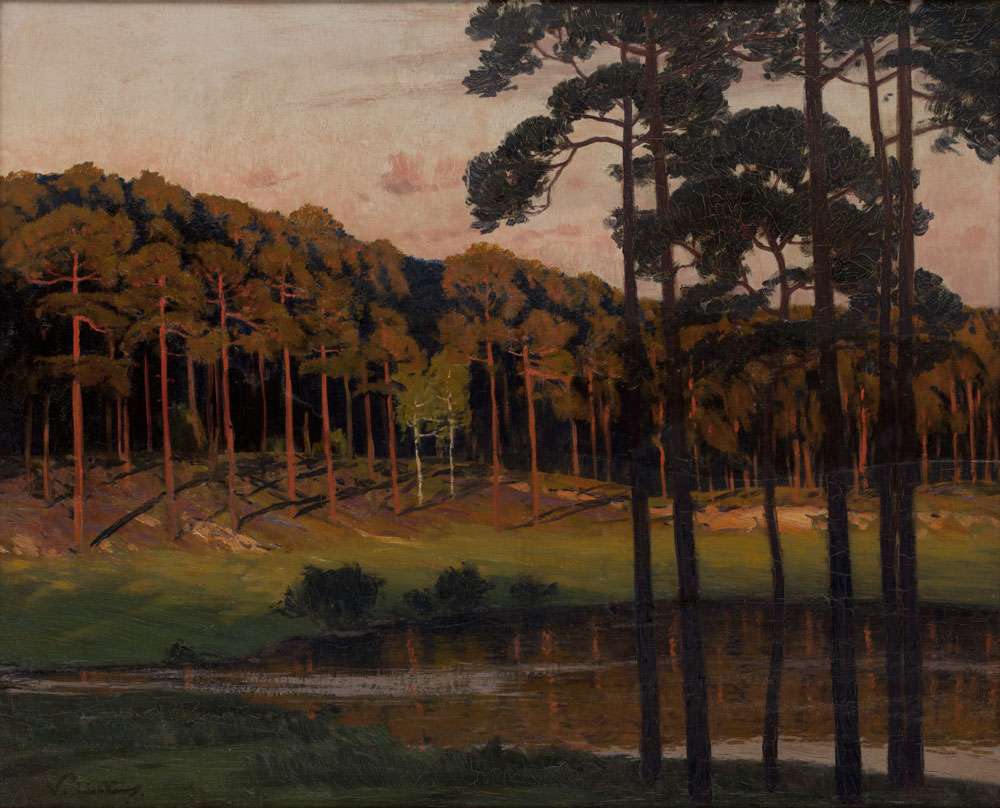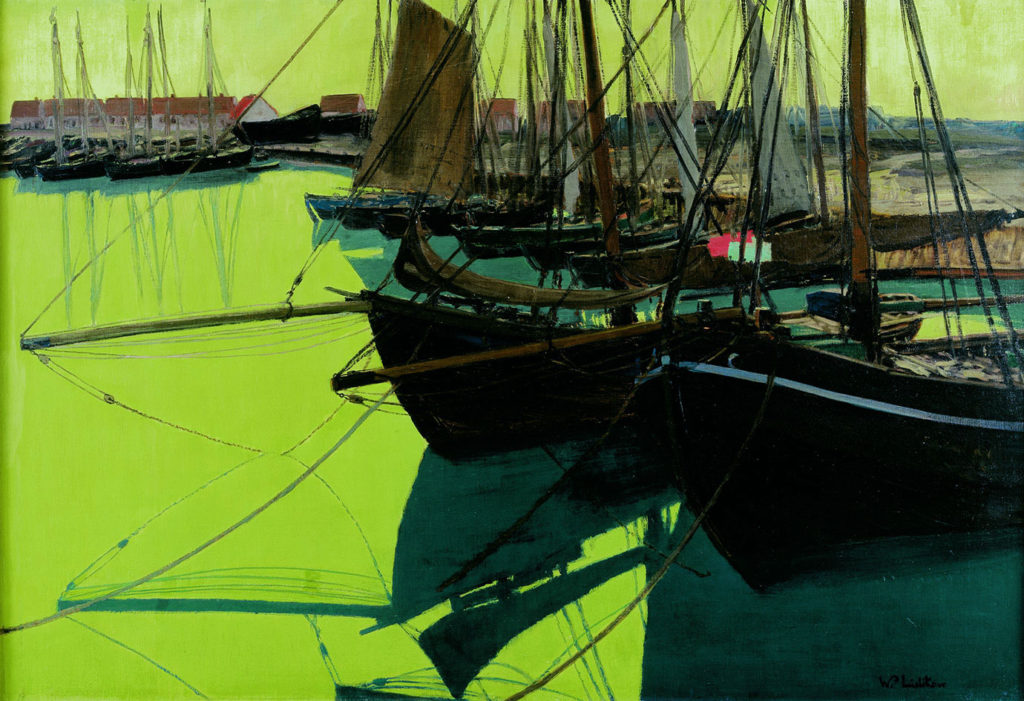Collection
The collection at Bröhan-Museum includes applied arts and fine art from the end of the 19th century until the start of the Second World War. It is divided into three areas: of international significance is the collection of art nouveau, providing a truly representative overview of the art of this period. In the collection area of art deco and functionalism, the museum has outstanding examples of modern design from the 1920s and 1930s, from exquisite individual pieces to items that went into serial production. An extensive collection of paintings and prints from the Berlin Secession completes the museum’s holdings.
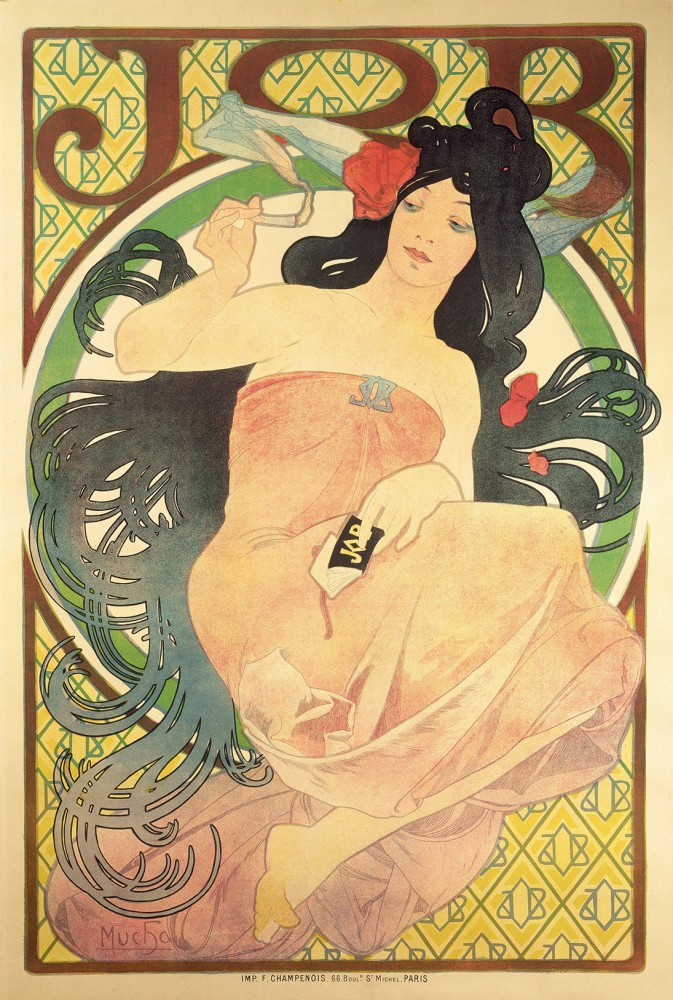
ART NOUVEAU
The art nouveau collection is the heart of Bröhan-Museum. It shows the various national incarnations of this movement, for example, the English arts and crafts movement, French art nouveau, German and Scandinavian Jugendstil, and the Viennese Secession. The museum owns outstanding works by Hector Guimard, Eugène Gaillard, and Louis Majorelle, and significant ensembles of work by Henry van de Velde, Peter Behrens, and Alfred Grenander. The porcelain collection is especially rich, featuring works from the most important German, French, and Scandinavian manufacturers, including Königliche Porzellan-Manufaktur Berlin, Meissen, Royal Copenhagen, Manufacture Nationale de Porcelaine de Sèvres and the porcelain makers Rörstrand and Bing & Grøndahl. The glass art of art nouveau is represented by works by Emile Gallé, Daum Frères et Cie. and Johann Loetz Wwe.
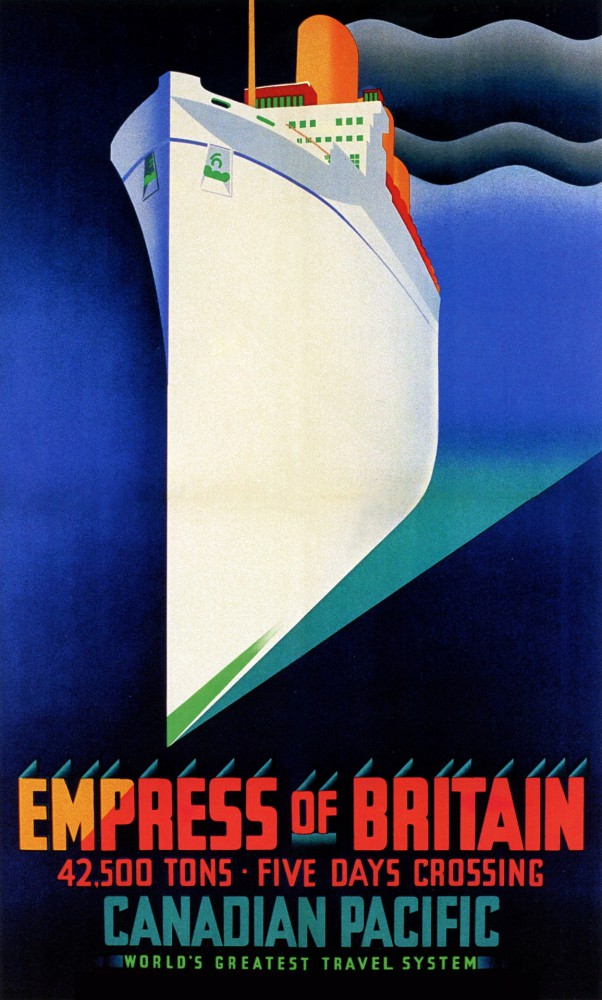
ART DECO / FUNCTIONALISM
Bröhan-Museum possesses first-class holdings of French art deco furnishings, including several designs by Jacques Emile Ruhlmann, but also significant works from the designers Dominique and Süe et Mare. In the realm of metalworking, the collection includes iron pieces by Edgar Brandt and silver by Jean Puiforcat and Tétard Frères. German art deco is featured with ceramics from Hael-Werkstäten and metal work from the Reiman-Schule.
Functionalist approaches to design can be found early on around Deutscher Werkbund, represented by works by leading members like Richard Riemerschmid, Bruno Paul, Hermann Gretsch, and Wilhelm Wagenfeld. A rare piece of furniture by Gerrit Rietveld brings the collection towards the constructivist design of the De Stijl group.
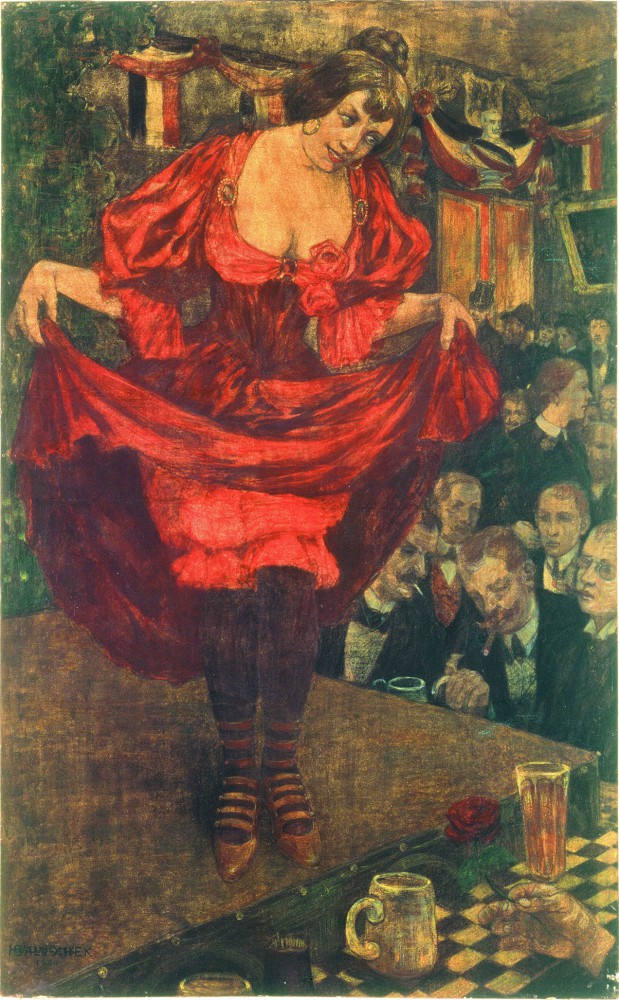
BERLIN SECESSION
The art collection at Bröhan-Museum includes paintings and prints from the Berlin Secession, in particular works by the artists Hans Baluschek, Karl Hagemeister, Walter Leistikow, and Willy Jaeckel, of whose work the museum holds large collections. Beside these four painters, other Berlin Secessionists are also included in the collection, for example, Franz Skarbina, Julie Wolfthorn and Martin Brandenburg. The collection reflects the range of development from impressionism and symbolism to expressionism represented by artists such as Wilhelm Kohlhoff and Bruno Krauskopf.

